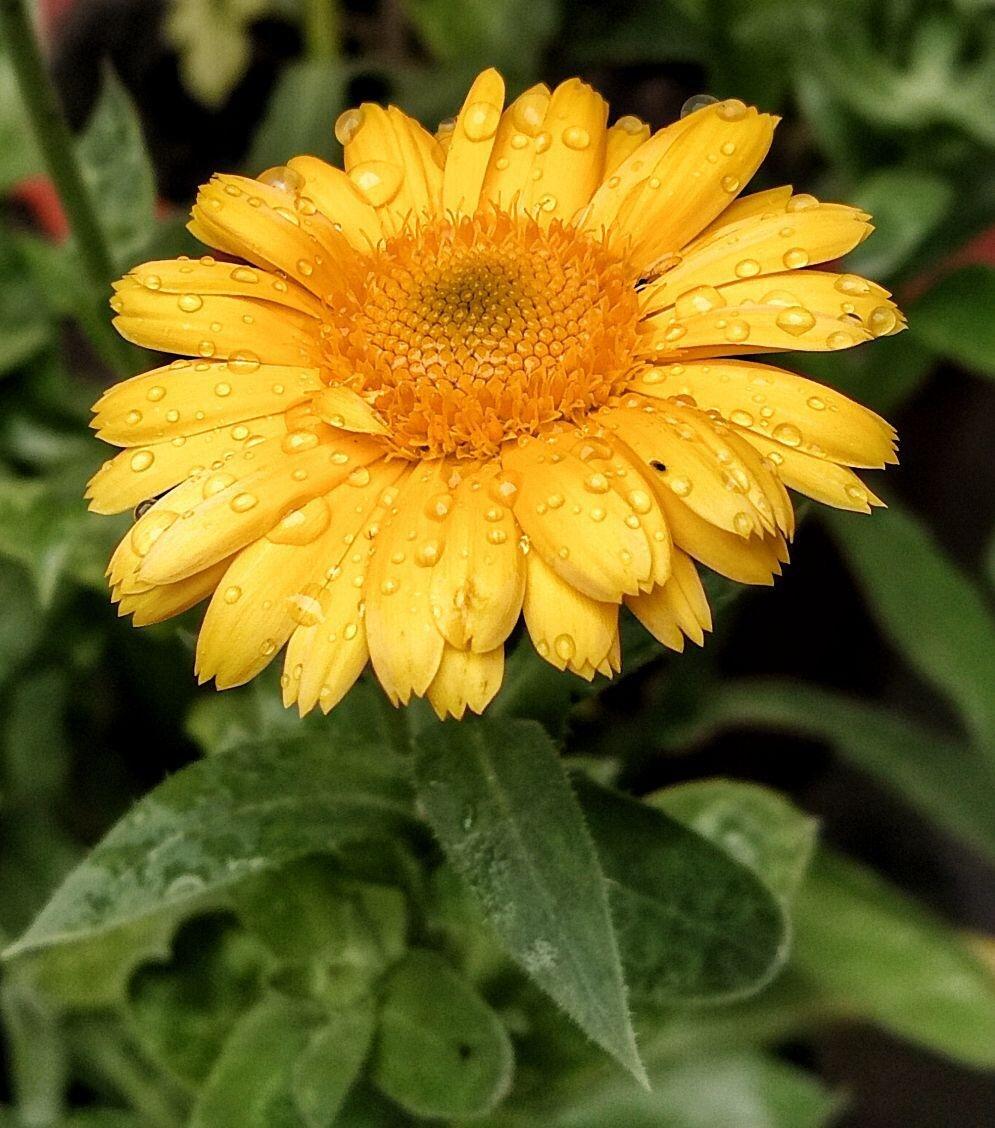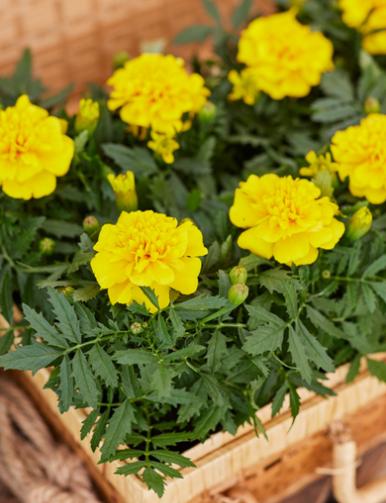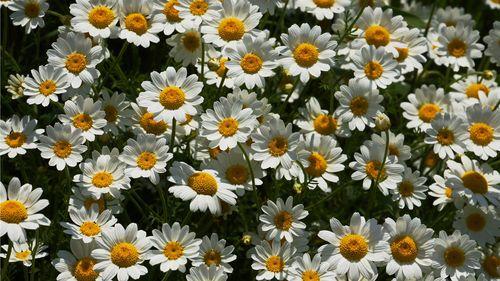Euphorbiaceae is a fascinating plant family known for its diverse and unique characteristics. One interesting story revolves around the castor oil plant, which belongs to this family. The plant’s seeds contain a deadly toxin called ricin that can be fatal if ingested or injected. This lethal property has made the castor oil plant infamous, even being associated with some high-profile assassination attempts in history. On the other hand, the castor oil derived from the plant’s seeds has numerous beneficial uses, including as a laxative and in various industrial applications. This paradoxical nature adds an intriguing aspect to the story of Euphorbiaceae.
Picture
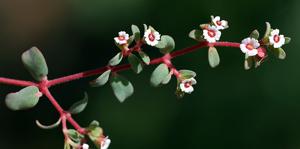
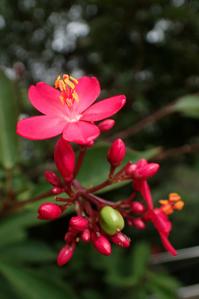
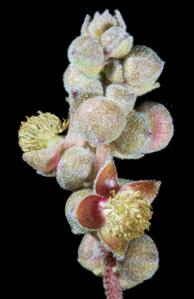
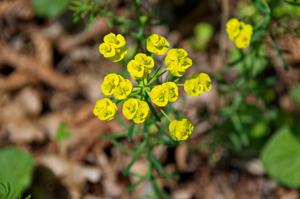
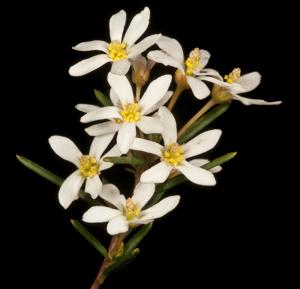
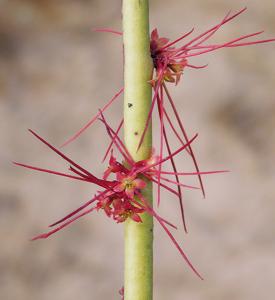
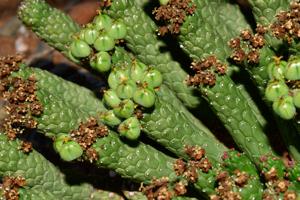
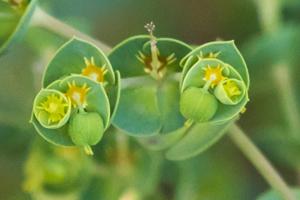
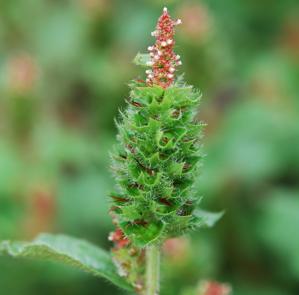
Plant some seeds now!
Short Description
Euphorbia characias flowers
Euphorbiaceae (/juːˈfoʊrbiːˌeɪsiˌaɪ, -siːˌiː/), the spurge family, is a large family of flowering plants. In English, they are also commonly called euphorbias, which is also the name of the type genus of the family. Most spurges, such as Euphorbia paralias, are herbs, but some, especially in the tropics, are shrubs or trees, such as Hevea brasiliensis. Some, such as Euphorbia canariensis,: 206 are succulent and resemble cacti because of convergent evolution. This family has a cosmopolitan global distribution. The greatest diversity of species is in the tropics; however, the Euphorbiaceae also have many species in nontropical areas of all continents except Antarctica.
Description
Cyathia of Euphorbia baylissii
Croton cultivar ‘Petra’
The leaves are alternate, seldom opposite, with stipules. They are mainly simple, but where compound, are always palmate, never pinnate. Stipules may be reduced to hairs, glands, or spines, or in succulent species are sometimes absent.
The plants can be monoecious or dioecious. The radially symmetrical flowers are unisexual, with the male and female flowers usually on the same plant. As can be expected from such a large family, a wide variety exists in the structure of the flowers. The stamens (the male organs) number from one to 10 (or even more). The female flowers are hypogynous, that is, with superior ovaries.

